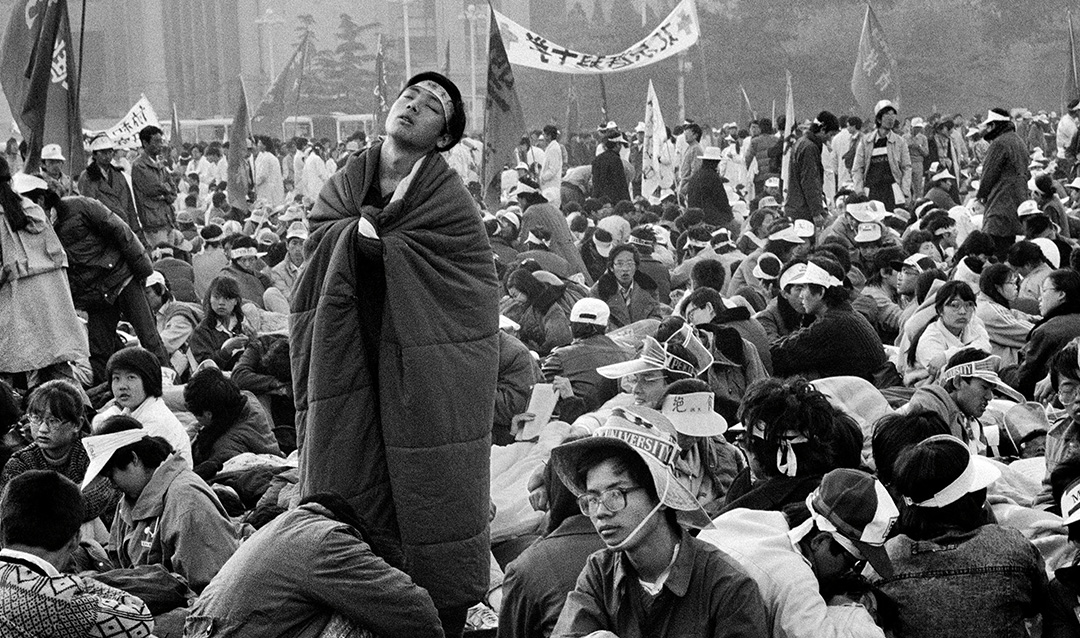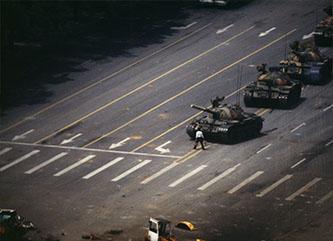He examines a collection of literary reportage on the “heroic deeds” of government troops called “Songs of the Republic’s Guardians,” and a television documentary called “Flutter, Flag of the Republic,” both edited by the People’s Liberation Army in 1989. They “fashion a narrative that tries to recall the people to the Party’s embrace and to restore the state’s legitimacy after the massacre of civilians,” writes Chen.
The second chapter is devoted to underground films and literary works, originating from the periphery of Chinese society, that offer an alternative narrative. He examines two films produced in secret and distributed independently, Wang Guangli’s documentary “I Graduated” (1992) and Tang Xiaobai’s fiction-feature “Conjugation” (2001), as well as Sheng Keyi’s “Death Fugue” (2011), a novel turned down by over a dozen book publishers before appearing in a literary journal.
“Both in spite of and because of censorship,” writes Chen, “they challenge the authorized account, confronting memories of bloodshed and exposing the role of state violence not just in the massacre but also in the return to ‘normalcy’ afterwards.”
In the third chapter Chen looks at two films that, while not underground, address controversial topics and include political and sexual content. He argues that while Chinese media is critical of authors and filmmakers who are perceived as leveraging the West’s “banned in China” label for profit-making purposes, it is the Chinese government itself that wants this commercial interpretation of how censorship works.
“Ever since the economic reforms of the early 1980s, the government has been behind promoting capitalist commercialization,” says Chen. “It is the government itself that wants to depoliticize the act of censorship and make it about money and profit.”
Finally, Chen examines the rise of online culture and subcultures, illuminating how state censorship has given rise to new literary forms that co-opt “...the system of symbols such as the parenthesis, ellipsis, and blank square—☐—that perform removal and elision in literature.” He focuses on two books: Jia Pingwa’s “Ruined City” (1993) which, Chen writes, was “...a publishing sensation when it first appeared, not least because of the blank squares strewn throughout the text to designate sex scenes taken out,” and Hu Fayun’s “Such Is This World@sars.come” about a woman’s exploration of cyberspace during the 2002-2003 SARS epidemic.
“Prohibition and proselytization go hand in hand,” writes Chen, arguing that if an “opening up” of discourse on Tiananmen were to occur, the government would lean into the proselytizing aspect of censorship, giving new weight to the official narrative and making it a “tale told not only with mutes but also with trumpets of triumph.”
Thomas Chen’s research interests include world literature and cinema, translation studies and historiography. He received his Ph.D. in comparative literature from UCLA.






